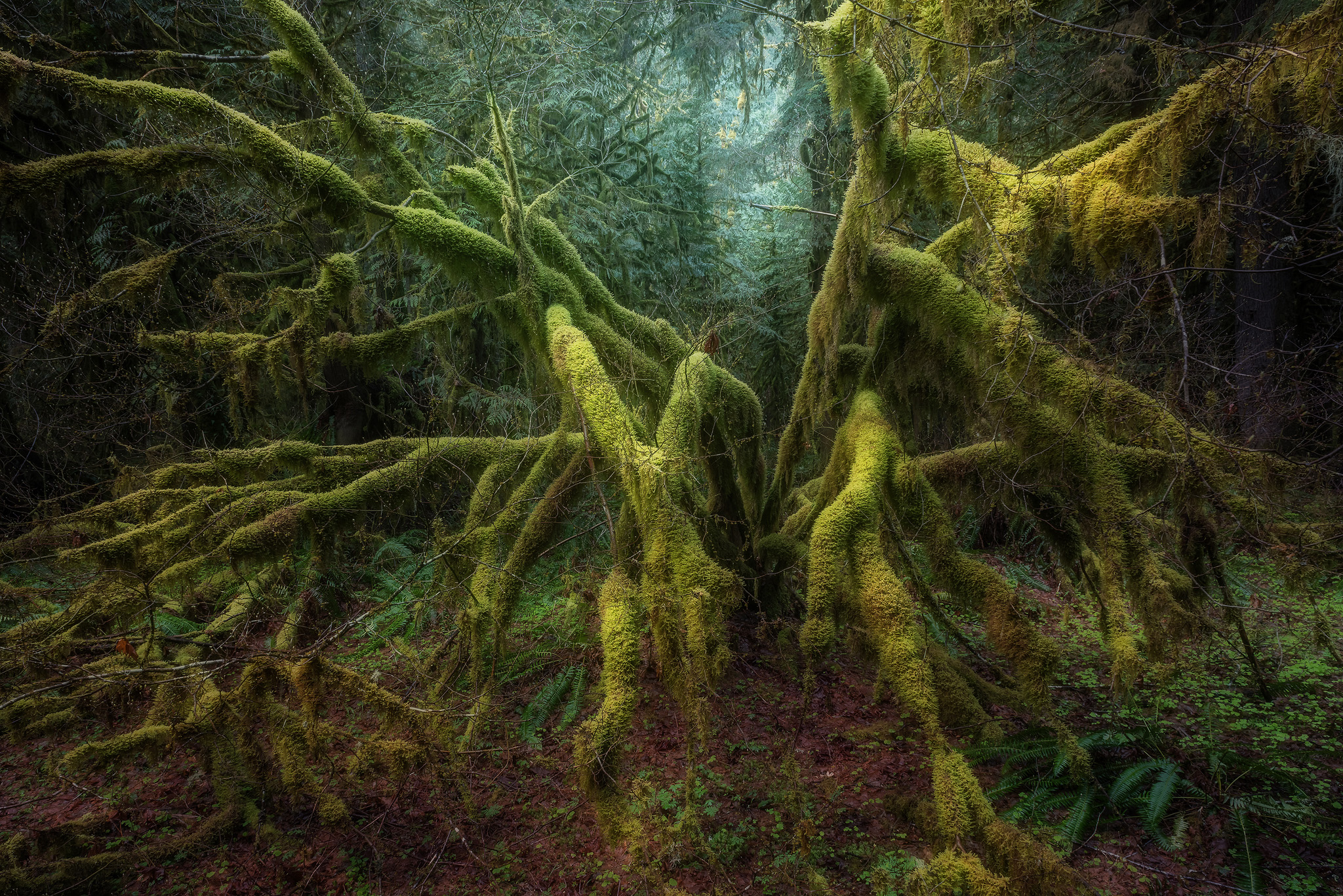Finding Your Artistic Vision – I’m asked at times, typically by another artist, about my personal artistic vision. At first I had no idea at all what artistic vision was. And if I didn’t know what it was, how would I know if I even had one? And, to be honest, at the time I was asked I’m not sure that I did possess an artistic vision when it came to my photography. All of my life I had considered myself an artist, but I never thought that I had to have a reason to be, or a purpose beyond my own happiness.
Since the first time that I was asked I’ve had this little thought of curiosity or wonder about it in the back of my mind. To be an artist should I have an awareness of a vision, direction or purpose for my art. A curiosity of whether I was to purposely develop one or if it was something that would develop in time, because at the time I had hardly developed any kind of mastery of the skill that it takes to use my artistic voice, not to be confused with artistic vision, so was not especially happy with the level of my work in the present, but I enjoyed doing it.
Inside those of us who are creative is a want for our work to touch others in some way. Most artists create their art to be judged beautiful or even offensive, at times, by those that experience it. We create our work to express ourselves in a way that conversation never could. Perhaps we don’t have those words, or perhaps we’re too timid to vocalize them. We must use our artistic voice to express our artistic vision, to express ourselves.
Our artistic vision is the reason and the purpose that we create. It’s what makes us fulfilled so we naturally want to share with others. We all have our own conscious reason for creating our art, but ultimately our artistic vision is comprised of every aspect of who we are and what we believe in, not just conscious decisions applied during the creative process or the application of the skill that we possess. It’s the part that comes naturally when it’s allowed.
Our artistic vision affects and drives our work. It creates an individuality in our work that will allow it to stand out from other work similar. It starts to express itself in the style of your art. Once you recognize that style you can refine it and make it all your own. You can also start to use it to envision a new future for the growth of your work. A plan for future experiments or projects to push the bounds of your skill and creativity.
It took me a while to understand this. It’s just a simple process of creating more art. The more that we create the more the process becomes second nature, and the more we’re able to let our artistic vision take control of more of our natural thought processes.
The best example of this that I can think of is how a master musician is able operate their instrument to a point that playing the music becomes second nature, hardly a thought is made while they perform their song. In my case being able to go out into the field and create a photo without wondering what button to push or dial to twist allows me to perform my song, figuratively speaking. It simply takes doing what we love to do a lot to get there.
I have been doing what I do now for about 15 years and I’m just now realizing that I can now start to consciously consider my own personal artistic vision for my work, but the best part about it all is that while I was working at overcoming technical obstacles and obtaining news skills, I was also developing that artistic voice that drove me to pick up a camera to express my artistic vision in the first place.
As I practiced, without realizing it, I was actually starting to understand my artistic vision, because when I started all I knew was that photography made me happy, and I wanted to share my happiness with others. Perhaps that’s the best way to voice my artistic vision. I want to develop the skills to create the kind of art that speaks for me. I want to create the kind of art that makes others as happy as it makes me.

